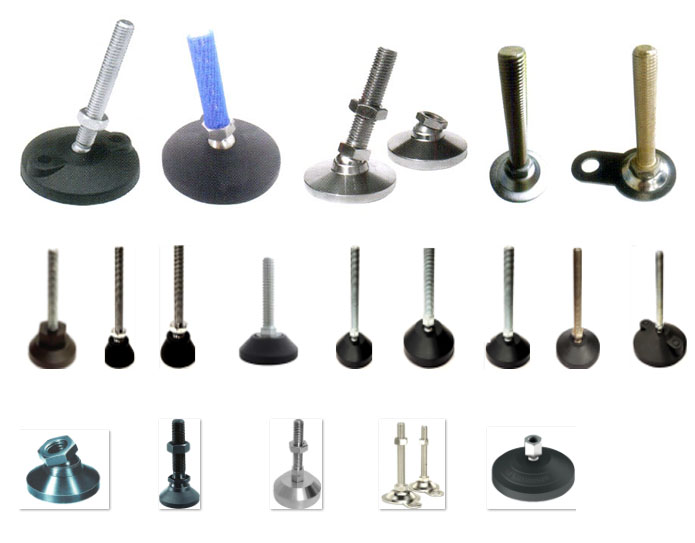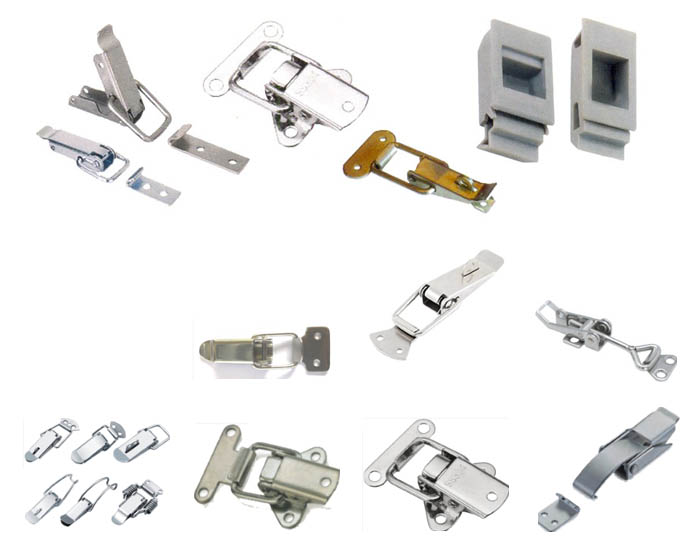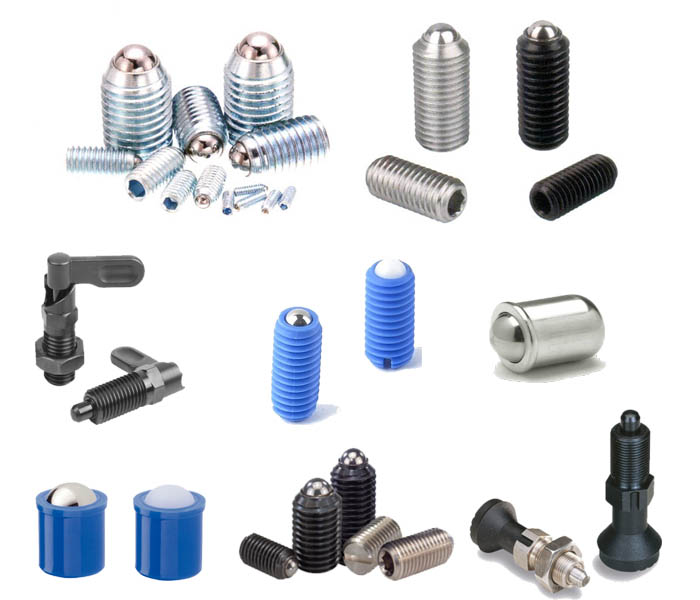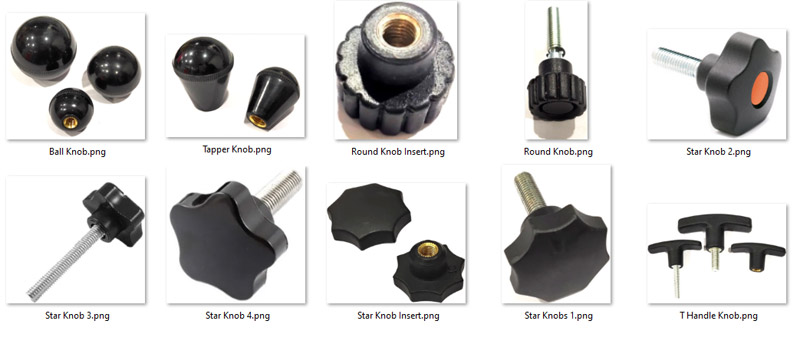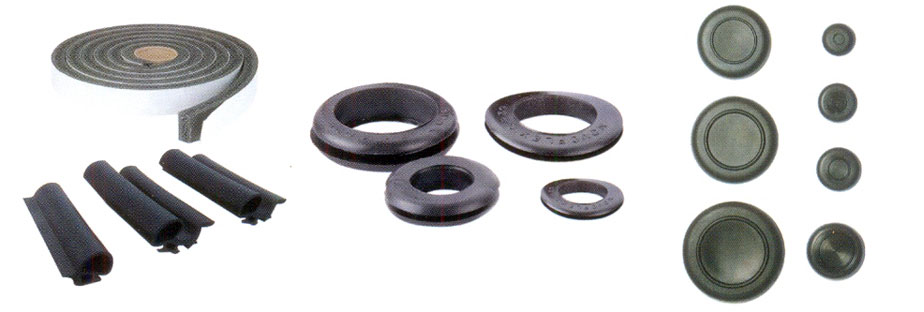We are Dealer, Trader, Specialists, Importers, Wholesale, Stockists of Level (Leveling) Base / Pad, Stainless Steel (SS) Level Pad, Anti Vibration Leveling Pad, Mild Steel (MS) Anti Vibration Leveling Pad, Mild Steel (MS) Heavy Duty Level Base, Toggle Clamps, Mild Steel Toggle Clamps, Stainless Steel Toggle Clamps, Latches and Bolts, Door Latches and Bolts, Door Latches, Ball Plunger, Ball Spring Plunger, Spring Plungers, Plastic / Stainless Steel (SS) Spring Plunger Ball, Ceramic Ball Spring Plungers with Hex, Eye Bolts, Eye Bolts and Knob, SS Eye Bolts, Stainless Steel Eye Bolts, Air Vents, Air Vents Fan Filters, Panel Air Vent, Control Panel Air Vent, Electro Air Vent Fan Filters, Air Vent Fan Filter for Electrical Panels, Plastic Air Vent Fan Filters, Gaskets, Foam Gasket, Aluminum Extrusions, Aluminum Extrusion Accessories, Packaging Materials and Our setup situated at Pune, Maharashtra, India.
Level Base
Level pad
A level pad, also known as a leveling foot or a machine leveler, is a type of device used to stabilize and level machinery or equipment. Level pads are commonly used in industrial and commercial applications where precise leveling and stability are critical for proper operation.
Level pads consist of a base plate, which is usually made of steel or another sturdy material, and a threaded leveling stud that is adjustable in height. The base plate is typically installed on the bottom of the machinery or equipment, and the leveling stud is used to adjust the height of the pad to ensure that the machinery is level and stable.
Level pads are available in a range of sizes and materials, including stainless steel, zinc-plated steel, and nylon. They may also come with a range of additional features, such as swivel feet or vibration isolation.
One advantage of level pads is their ability to provide precise and stable leveling for machinery and equipment. They are also easy to install and can be quickly adjusted as needed.
Anti-Vibration Level Pad
Anti-vibration level pads are commonly used in industrial and commercial settings, such as factories, manufacturing plants, and laboratories. They can be used to reduce the noise and vibration produced by machinery, which can improve worker safety and comfort. They can also help to prevent damage to floors and other surfaces caused by vibration.
In addition to reducing vibration, anti-vibration level pads can also be used to level equipment and machinery. They are often designed with a non-slip surface to prevent movement or slippage, which can improve equipment stability and safety.
Overall, anti-vibration level pads are a useful tool for reducing noise and vibration in industrial and commercial settings. They are easy to install and can help to improve worker safety, comfort, and productivity.
Toggle Latches
Toggle latches, also known as draw latches or over-center latches, are a type of fastener that is used to secure doors, cabinets, and other applications where a tight and secure seal is required. Toggle latches consist of two parts: a catch plate that is mounted to the door or cabinet, and a toggle that is attached to the frame or structure.
When the toggle latch is engaged, the toggle is flipped over the center point, creating a strong and secure clamping force that holds the door or cabinet tightly in place. To release the toggle latch, the toggle is flipped back to the original position, releasing the clamping force.
Toggle latches are commonly used in industrial and commercial applications, such as on equipment cabinets, machinery guards, and access panels. They are available in a range of sizes and materials, including steel, stainless steel, and zinc-plated steel.?
One advantage of toggle latches is their ability to provide a strong and secure seal, even in applications where the door or cabinet may be subject to vibration or movement. They are also easy to operate and can be quickly and easily released when needed.
Plungers
1. Ball Plungers
Ball plungers, also known as ball detents or ball lock pins, are mechanical components that are used to align, position, and secure objects in place. They typically consist of a cylindrical body with a spring-loaded ball bearing that protrudes from one end. The ball bearing is used to engage with a hole or detent in another object, creating a positive locking mechanism.
Ball plungers are commonly used in various applications where precise positioning, alignment, or locking is required. They are widely used in industrial, manufacturing, automotive, and aerospace industries, as well as in household items, fixtures, and furniture.
One of the main advantages of ball plungers is their simplicity and ease of use. They provide a quick and efficient way to secure objects in place with a positive locking mechanism. The spring-loaded ball bearing can be easily depressed, allowing for easy insertion or removal of the plunger, and then released to engage with the hole or detent in the mating object, providing a secure hold.
2. Index Plungers
Index plungers, also known as indexing plungers or detent pins, are mechanical components used for positioning and locking applications. They typically consist of a cylindrical body with a spring-loaded plunger that can be pulled or pushed to engage with indexing holes or notches in another object, creating a positive locking mechanism.
Index plungers are commonly used in applications where precise indexing or positioning is required, such as in machining, indexing tables, fixtures, jigs, and other industrial equipment. They are designed to provide accurate and repeatable positioning, allowing for consistent alignment and locking of objects.
Index plungers come in various sizes, materials, and designs to suit different applications. They can be made from materials such as steel, stainless steel, brass, or plastic, depending on the requirements of the application. The choice of material may depend on factors such as strength, corrosion resistance, and operating environment.
Polyamide Knobs, Knobs
Polyamide knobs, also known as nylon knobs, are a type of knob that is made from polyamide, which is a synthetic polymer commonly used in engineering applications. "Stud type" refers to the design of the knob, which typically includes a threaded stud or bolt that protrudes from the base of the knob for easy installation onto a threaded shaft or surface.
Polyamide knobs are known for their durability, strength, and resistance to wear, chemicals, and heat. They are often used in industrial, automotive, and machinery applications where heavy-duty and reliable knobs are required. The stud type design allows for easy attachment and secure fastening onto a threaded shaft or surface, making them suitable for applications that require frequent adjustments or tightening.
Polyamide knobs with a stud type design are commonly used in various settings, including machinery controls, tool handles, equipment panels, and electrical enclosures. They can be found in applications such as machine tools, industrial equipment, automotive components, and consumer products.


